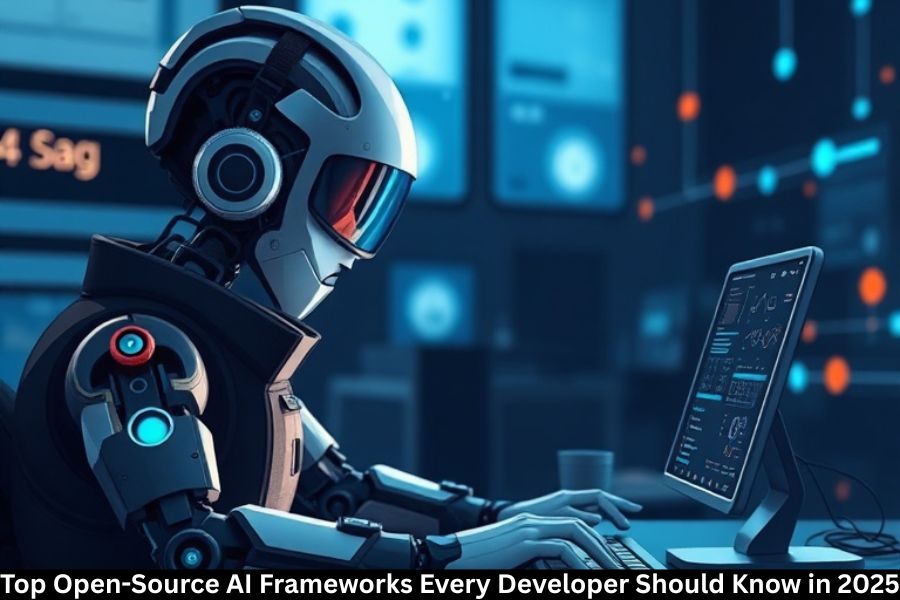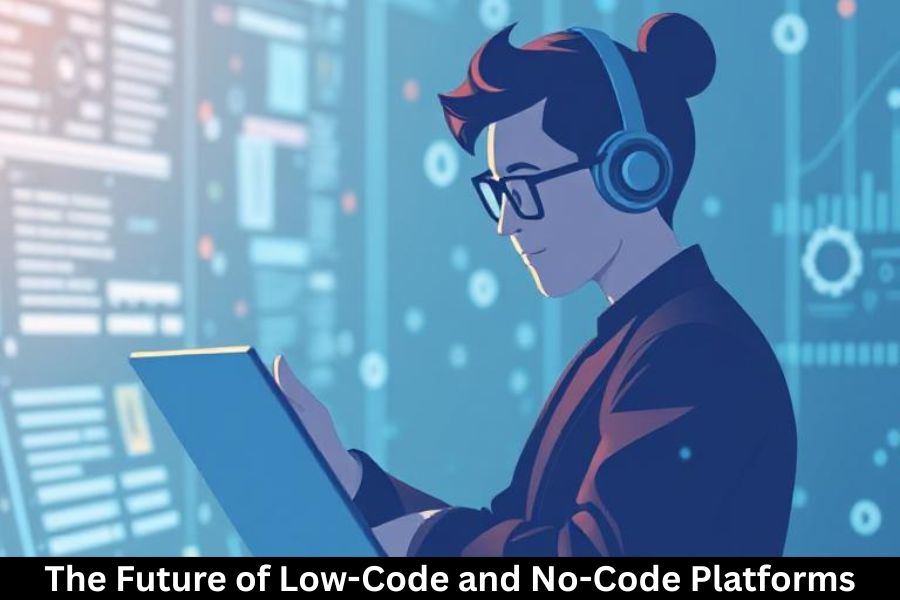Artificial Intelligence (AI) has become the backbone of modern technology, driving advancements in healthcare, finance, e-commerce, and even entertainment. For developers, open-source artificial intelligence frameworks act as a powerful gateway to build innovative solutions without starting from scratch. These frameworks save time, offer flexibility, and allow collaboration within a thriving community.
So, let’s dive deeper and explore some of the best open-source AI frameworks for developers, answering key questions that developers often ask.
What is Open-Source AI for Developers?
Open-source AI refers to artificial intelligence frameworks, libraries, or models that are freely available for anyone to use, modify, and distribute. For developers, this means:
- Transparency – Developers can see the source code, understand algorithms, and adapt them.
- Accessibility – No licensing fees or restrictions.
- Collaboration – A global community contributes to updates and bug fixes.
In short, open-source AI empowers developers to innovate faster and more effectively.
Why Developers Prefer Open-Source AI Frameworks
Why do so many developers choose open-source over proprietary software? Simple:
- Cost-Effective: Most open-source frameworks are free.
- Flexibility: Developers can customise tools to fit unique needs.
- Community Support: Thousands of developers contribute, answer questions, and provide tutorials.
It’s like having a toolbox where you not only borrow tools but also help design them.
Popular Open-Source AI Frameworks
Several frameworks dominate the AI world. Each has unique strengths, making them suitable for different use cases:
- TensorFlow
- PyTorch
- Keras
- Scikit-Learn
- Apache MXNet
- Hugging Face Transformers
Let’s break them down one by one.
TensorFlow
TensorFlow, developed by Google, is one of the most popular open-source AI frameworks.
- Strengths: Scalability, production readiness, and strong support for deep learning.
- Use Cases: Image recognition, speech processing, recommendation systems.
- Community: Millions of developers worldwide actively contribute.
If you’re looking to deploy large-scale AI models, TensorFlow is often the go-to choice.
PyTorch
Developed by Facebook’s AI Research lab, PyTorch has quickly become a favourite among developers and researchers.
- Features: Dynamic computation graphs, easy debugging, and Pythonic design.
- Why Popular: Great for experimentation and academic research.
- Industry Adoption: Used by companies like Tesla, Uber, and OpenAI.
If TensorFlow is the heavyweight champ of production, PyTorch is the agile fighter loved by researchers.
Keras
Keras is a high-level neural network API that makes deep learning simple.
- Ease of Use: Beginner-friendly with minimal code.
- Integration: Runs seamlessly on top of TensorFlow.
- Best For: Developers who want to quickly prototype models.
Think of Keras as the “shortcut” that makes TensorFlow easier to handle.
Scikit-Learn
Scikit-Learn is perfect for classical machine learning tasks.
- Focus: Regression, classification, clustering, and preprocessing.
- Best Use Cases: Data science projects, predictive analytics.
- Benefits: Lightweight, easy to use, and great documentation.
If deep learning feels overwhelming, Scikit-Learn is an excellent place to start.
Apache MXNet
MXNet is an open-source deep learning framework supported by Apache.
- Flexibility: Supports multiple programming languages like Python, C++, and Julia.
- Scalability: Great for distributed computing and cloud integration.
- AWS Backing: Officially supported by Amazon Web Services.
If you’re aiming for cloud-scale deployment, MXNet deserves attention.
Hugging Face Transformers
When it comes to natural language processing (NLP), Hugging Face rules the playground.
- Pre-Trained Models: Access to BERT, GPT, RoBERTa, and more.
- Ease of Use: Few lines of code to integrate state-of-the-art NLP.
- Community: Thousands of models shared by developers worldwide.
If your project involves chatbots, translation, or text analysis, Hugging Face is your best friend.
Which Framework is Best for AI Development?
There’s no one-size-fits-all answer. It depends on your goals:
- For research: PyTorch.
- For production apps: TensorFlow.
- For beginners: Keras or Scikit-Learn.
- For NLP: Hugging Face Transformers.
The “best” framework is the one that aligns with your project’s needs.
Which Open-Source AI is Best for Coding?
When developers ask this, they usually mean AI that helps write or optimize code.
- Hugging Face models: Great for code generation.
- TabNine: AI assistant powered by GPT models.
- OpenAI Codex-based tools: While not fully open source, alternatives exist in Hugging Face and GitHub repos.
For open-source coding help, Hugging Face is one of the strongest contenders.
Is ChatGPT Open Source AI?
No, ChatGPT itself is not open source. OpenAI provides APIs but keeps the core models closed.
However, alternatives exist:
- GPT-Neo and GPT-J (EleutherAI) – Open-source language models.
- LLaMA (Meta AI, with community forks like Alpaca) – Widely used for research.
So, while ChatGPT isn’t open-source, developers can still explore similar free alternatives.
Is GitHub Copilot Open Source?
GitHub Copilot, powered by OpenAI’s Codex, is not open source. It’s a paid tool integrated into IDEs.
But you do have options:
- CodeGeeX – Open-source AI code assistant.
- TabNine (community editions) – Some free AI coding support.
- Hugging Face code models – Open-source alternatives for coders.
If you’re looking for free and open-source tools, Copilot isn’t it, but there are worthy replacements.
Future of Open-Source AI Frameworks
The future looks bright. With increasing demand for transparency, flexibility, and community-driven innovation, open-source AI frameworks will continue to grow. Expect more pre-trained models, better coding assistants, and stronger collaboration across industries.
Conclusion
Open-source AI frameworks are the fuel that powers innovation for developers. From TensorFlow and PyTorch to Hugging Face Transformers, the choices are endless. Whether you’re building a research project, a production app, or simply exploring machine learning, there’s an open-source tool waiting to help.
The bottom line? The best framework is the one that fits your goals. Open-source AI ensures you never have to build alone—because the entire developer community has your back.
FAQs
1. What is open-source AI for developers?
Open-source AI means free frameworks and tools that developers can use, modify, and share to build AI applications.
2. Which framework is best for AI development?
PyTorch is best for research, TensorFlow for production, and Hugging Face for NLP tasks.
3. Which open-source AI is best for coding?
Hugging Face models, TabNine (open-source versions), and CodeGeeX are strong options.
4. Is ChatGPT open source AI?
No, ChatGPT isn’t open source. Alternatives include GPT-Neo, GPT-J, and LLaMA-based models.
5. Is GitHub Copilot open source?
No, GitHub Copilot is not open source, but alternatives like CodeGeeX and Hugging Face models exist.



